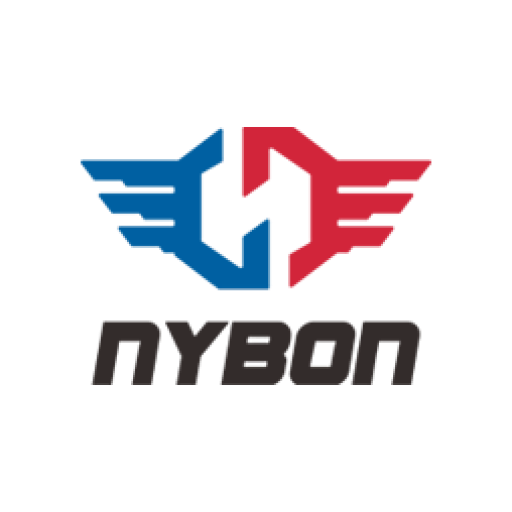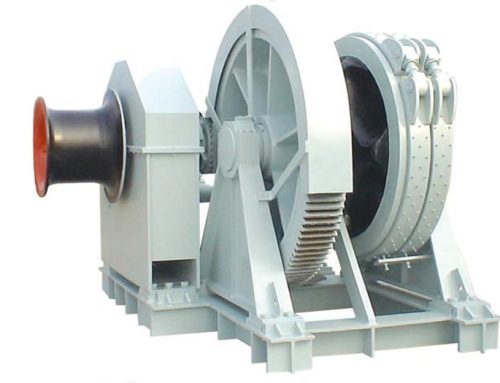Electric mooring winch
electric mooring winch is a piece of the marine machine employed in mooring operations to footing a boat in place at a pier or similar fixture. Such winches can also be able to control anchors for mooring when port devices are not available. They may operate in a number of ways and are fixed in place on the deck of a ship in key positions. The mooring winch has many functions in drifting, supporting and positoning when loading or unloading the materials.
Load capacity: 1 ton – 100 ton
Drum capacity: 200m- 600m
Speed: ≤15m/min
Drum No.: single or double
Protection level: IP 56

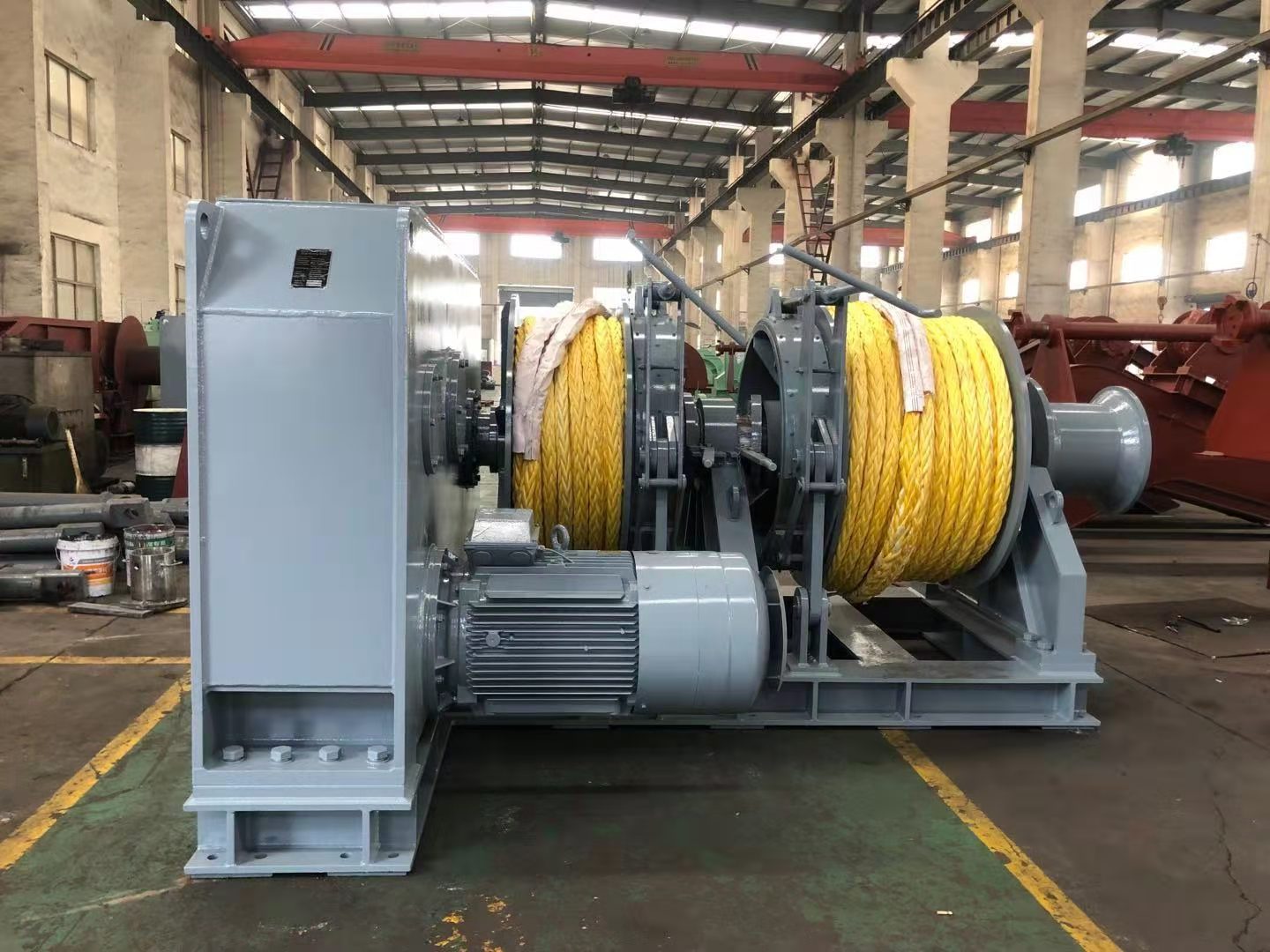
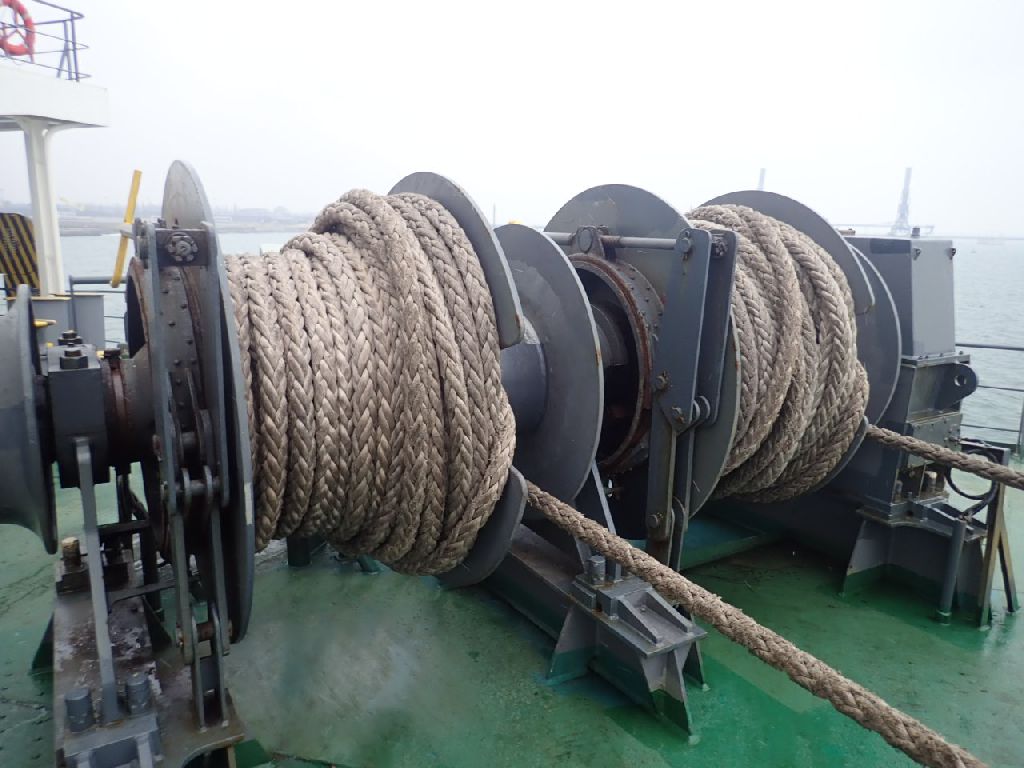
Double drum electric mooring winch:
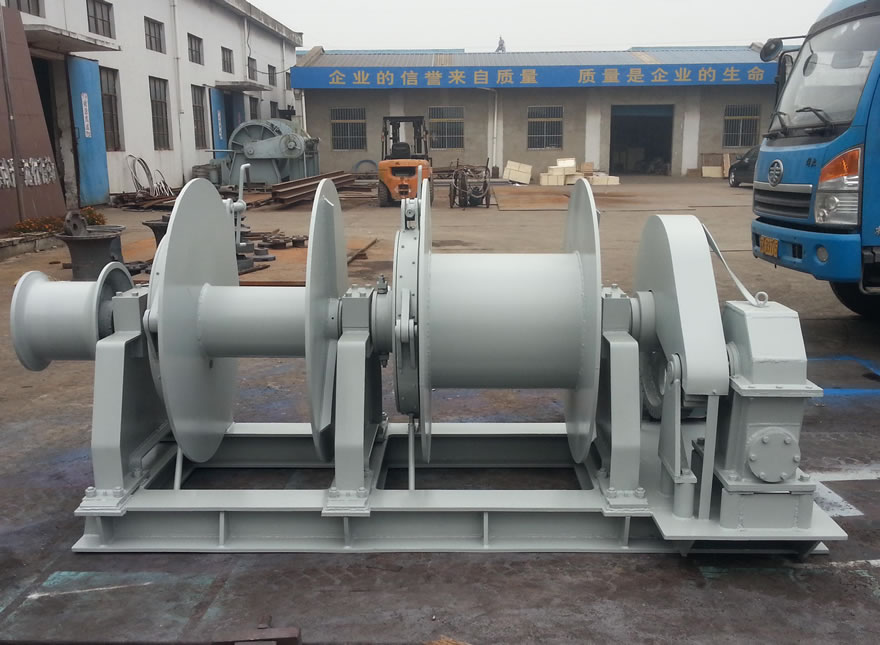
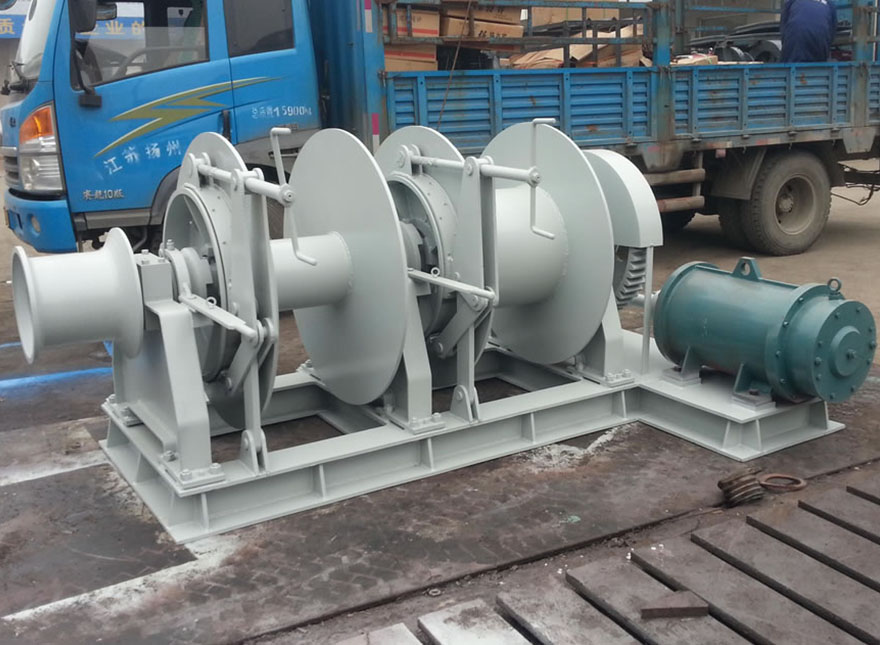
| Load capacity: | 5 ton – 100 ton |
|---|---|
| Drum capacity: | 100m- 1000m |
| Speed: | ≤15m/min |
| drum: | double |
| Protection level: | IP 56 |
How to Select The Right Mooring Winch?
1. The working load of winch drum
2. Holding load
3. Rope diameter
4. Nominal speed
5. Rope capacity
6. Operating voltage and structural requirements
7. Do you require a rope guide?
8. Do you need an automatic mooring winch?
9. How is the working condition?
10. Do you need a warping end?
11. Do you need a classification society certification?
